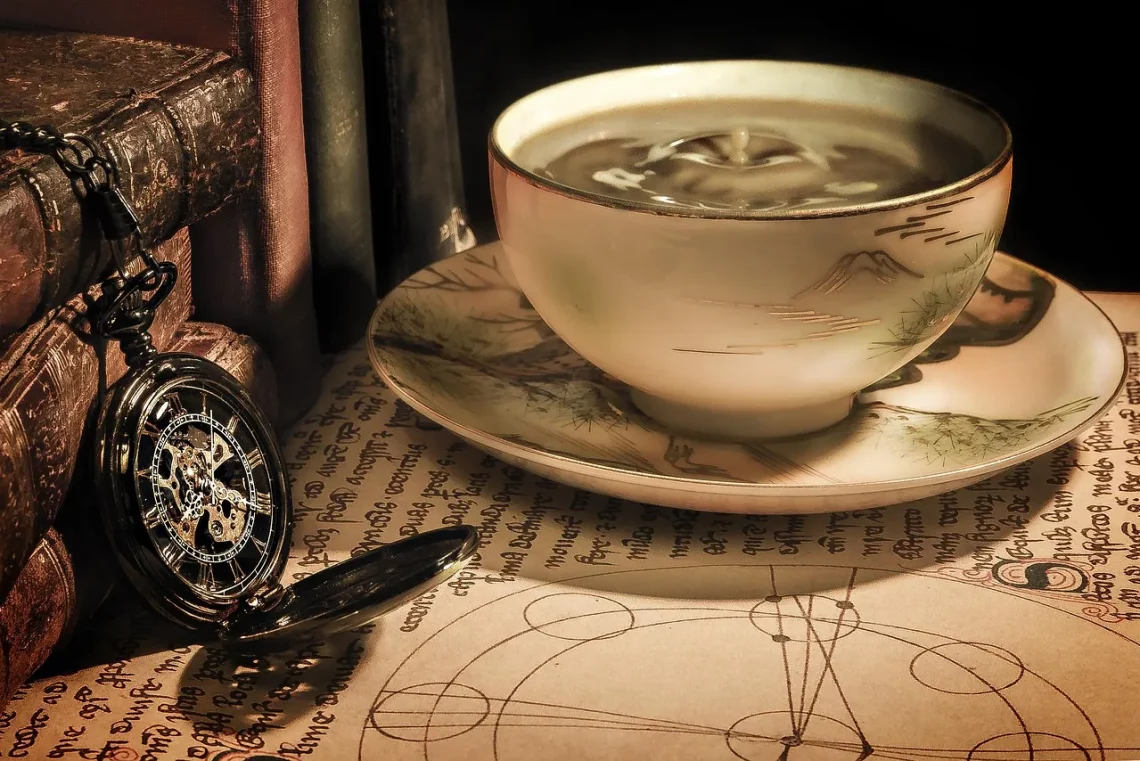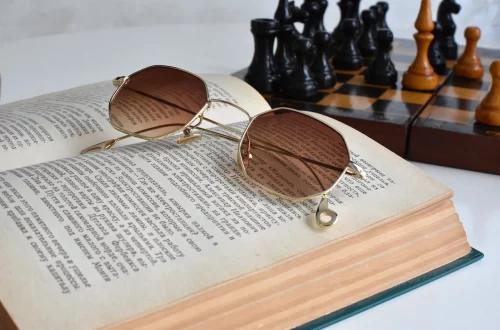
Understanding Watch Anatomy: A Deep Dive into Timepiece Components
Understanding the intricate world of watches goes beyond merely telling time; it encompasses a rich tapestry of craftsmanship, engineering, and design that reflects both functionality and artistry. Each timepiece, whether it’s a simple quartz watch or an elaborate mechanical marvel, is composed of numerous components. These parts work in harmony to create the precision and beauty that watch enthusiasts cherish.
As technology advances, so does the complexity of watchmaking. The evolution of materials and manufacturing techniques has allowed for innovations in design while preserving traditional craftsmanship. From the delicate movements that power the watch to the durable materials that protect it, understanding watch anatomy can enhance your appreciation for these remarkable instruments.
In the realm of horology, every component plays a crucial role. Whether it’s the case that houses the movement, the dial that displays the time, or the crown that allows for adjustments, each element is meticulously crafted. This appreciation for detail not only enhances the aesthetic appeal of the watch but also its performance and longevity. With this foundation, let’s delve deeper into the essential components of a watch, exploring their functions and importance in the overall design.
Key Components of Watch Movements
The movement, often referred to as the heart of a watch, is the intricate mechanism that powers its functions. There are primarily two types of movements: quartz and mechanical. Quartz movements utilize a battery and a quartz crystal to keep time accurately, while mechanical movements rely on intricate gears and winding mechanisms, creating a dance of precision through engineering.
Within mechanical movements, there are two main types: manual and automatic. Manual movements require the wearer to wind the watch regularly, while automatic movements wind themselves through the natural motion of the wrist. Each type showcases the craftsmanship of watchmaking, with mechanical movements often celebrated for their artistry and engineering complexity.
The escapement is another vital component in the movement. It regulates the release of energy from the mainspring, ensuring that the watch ticks at a consistent pace. The balance wheel, working in tandem with the escapement, oscillates back and forth, allowing the watch to maintain accurate time.
Additionally, the gear train transmits energy from the mainspring to the hands of the watch, converting energy into motion. This intricate system of gears and levers is often visible through sapphire crystal case backs in high-end watches, allowing enthusiasts to admire the complexity of the movement.
Understanding the movement is crucial for anyone interested in horology. Each type of movement has its own advantages and appeals to different kinds of watch enthusiasts, from those who prefer the low-maintenance nature of quartz to those who appreciate the craftsmanship of a mechanical watch.
The Role of the Watch Case
The watch case is the protective shell that houses the movement and other internal components. It serves not only a functional purpose but also contributes significantly to the overall aesthetic of the timepiece. Cases can be made from various materials, including stainless steel, gold, titanium, and even ceramic, each offering different benefits in terms of durability and weight.
The design of the case also plays a critical role in water resistance. Watches are often rated for their ability to withstand water exposure, with various levels of water resistance denoting their suitability for different activities, from casual swimming to professional diving. A well-designed case will feature a screw-down crown and case back to enhance its water resistance.
In addition to water resistance, the case shape is a key consideration in design. Traditional round cases are common, but many brands experiment with square, rectangular, and even asymmetrical designs to create unique timepieces. The case size also varies, catering to diverse preferences; some wearers prefer larger, statement pieces, while others opt for smaller, more delicate designs.
Another important feature of the case is its finish. It can be polished to a high shine, brushed for a matte look, or even treated with coatings to enhance scratch resistance. The aesthetic choices made in the case design can greatly influence the overall appeal of the watch, making it a canvas for the watchmaker’s artistry.
Understanding the watch case is essential for anyone looking to purchase a timepiece, as it affects not only the watch’s durability but also its style and how it interacts with the wearer’s lifestyle.
Dial and Hands: The Face of the Watch
The dial is often considered the face of the watch, as it displays the time and other functions. The design of the dial can vary dramatically, from minimalist styles to complex layouts featuring multiple complications. The choice of colors, textures, and markings can reflect the personality of the watch and its wearer.
Dial elements typically include hour markers, minute markers, and hands. Hour markers can be simple indices, numerals, or even intricate designs. Each serves a functional purpose while also contributing to the overall aesthetic of the watch. The hands, which indicate time, can also vary in shape and size, adding to the unique character of the timepiece.
Complications, or additional functions beyond basic timekeeping, are often found on the dial of more sophisticated watches. These can include date displays, chronographs, and moon phases, among others. The placement and design of these complications require careful consideration to maintain legibility and balance on the dial.
Another crucial aspect of the dial is the glass that protects it, typically made from sapphire crystal or mineral glass. Sapphire crystal is favored for its scratch resistance, while mineral glass is more prone to scratches but is often more affordable. The choice of glass can influence both the durability and visual clarity of the watch.
In conclusion, the dial and hands of a watch are not merely functional components; they are integral to the watch’s identity and appeal. Understanding the intricacies of dial design can enhance your appreciation for the artistry involved in watchmaking.
The Importance of the Strap or Bracelet
The strap or bracelet is the final piece that connects the watch to the wearer. This component is often overlooked, but it plays a significant role in both comfort and style. Straps can be made from various materials, including leather, rubber, metal, and fabric, each offering unique benefits and aesthetics.
Leather straps are popular for their classic look and comfort. They can range from casual to formal styles and can be found in numerous colors and textures. However, leather may not be the best choice for water exposure, as it can deteriorate over time when wet.
Rubber straps, on the other hand, offer durability and water resistance, making them ideal for sports and casual wear. They are lightweight and can come in a variety of colors, catering to those who prefer a more vibrant look.
Metal bracelets, often made from stainless steel or titanium, provide a robust and sophisticated appearance. They can be adjusted for size, allowing for a perfect fit. Additionally, metal bracelets are generally more resistant to wear and tear compared to other materials, making them a long-lasting choice.
The connection mechanism between the strap and the case is also crucial. Spring bars or integrated systems ensure that the strap is securely attached, allowing for easy changes and adjustments. This feature is especially valuable for individuals who wish to customize their watch with different straps for various occasions.
In summary, the strap or bracelet is an essential component of a watch that contributes to its overall functionality and aesthetic. Choosing the right strap can enhance both comfort and style, making it an important consideration for any watch enthusiast.
Understanding the anatomy of a watch provides valuable insight into the craftsmanship and engineering that goes into creating these remarkable timepieces. Each component, from the movement to the strap, plays a crucial role in ensuring the watch not only tells time but also reflects the personality and style of its wearer. By appreciating these elements, you can develop a deeper connection to the world of horology and the artistry that defines it.




